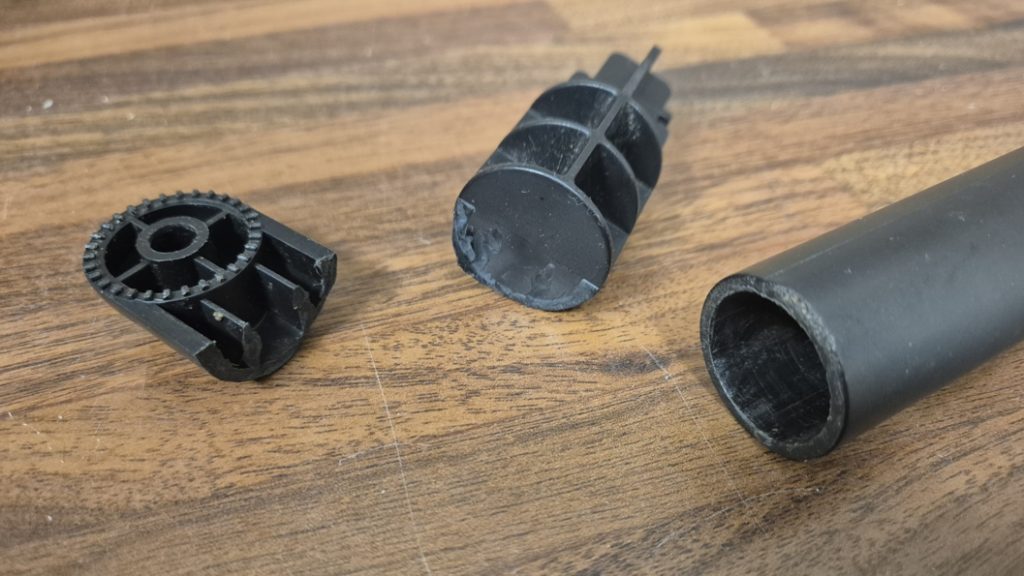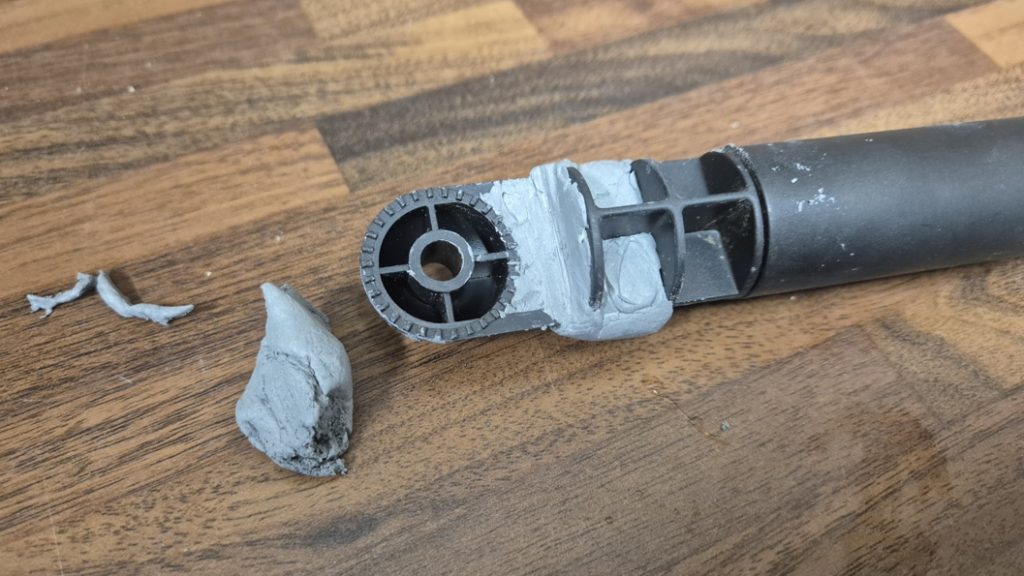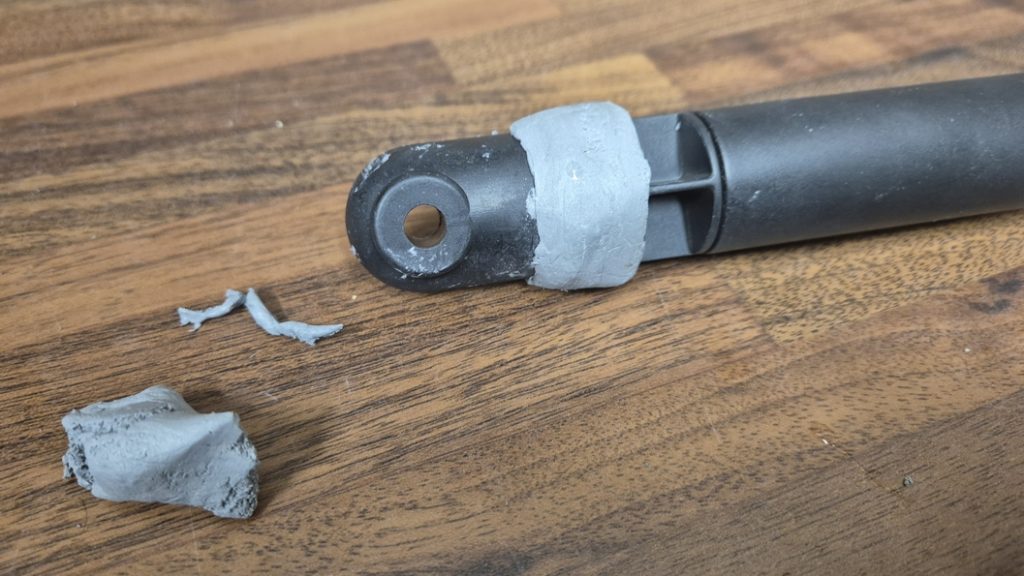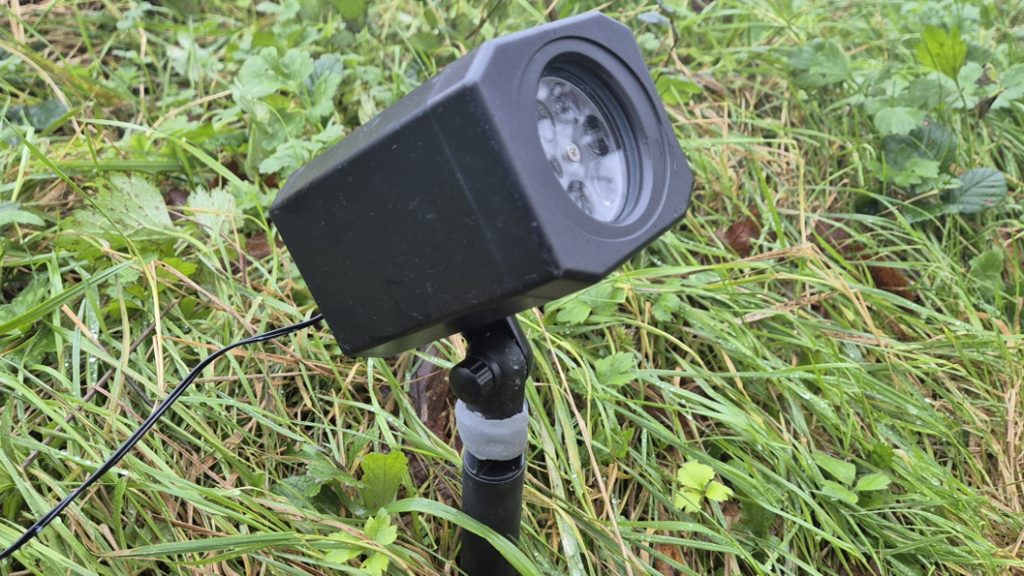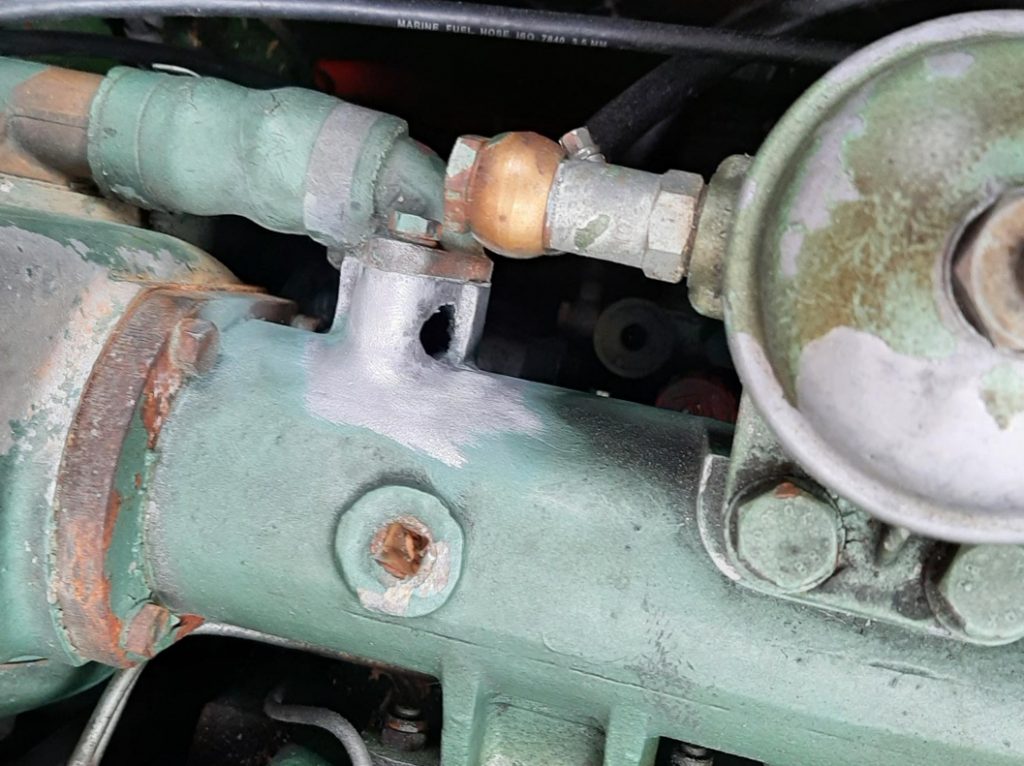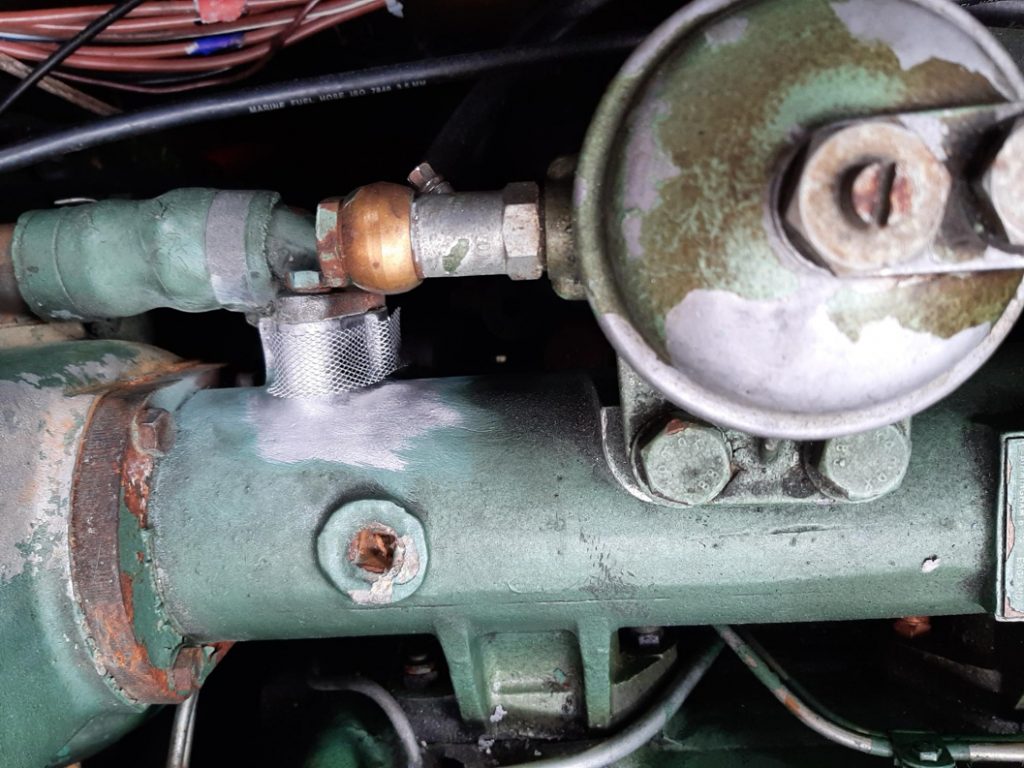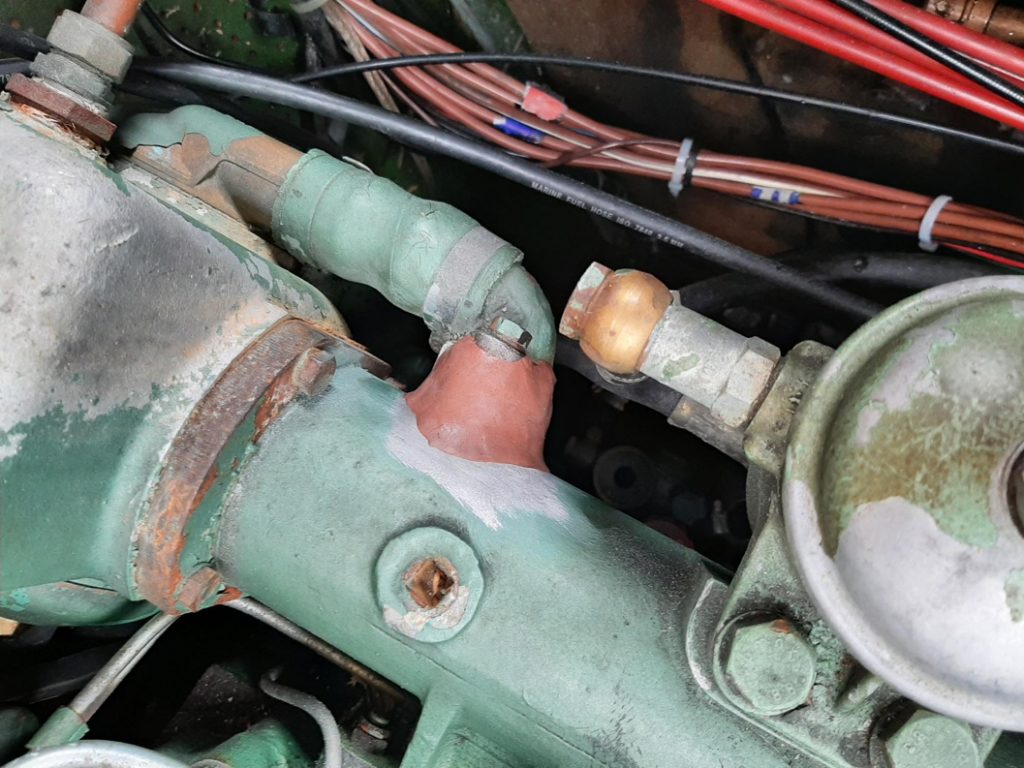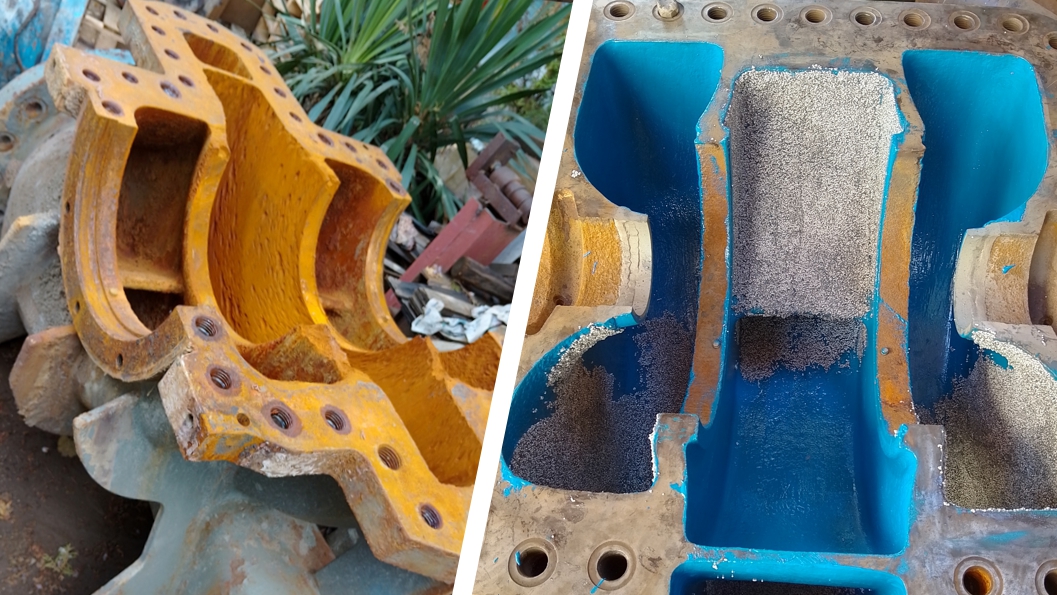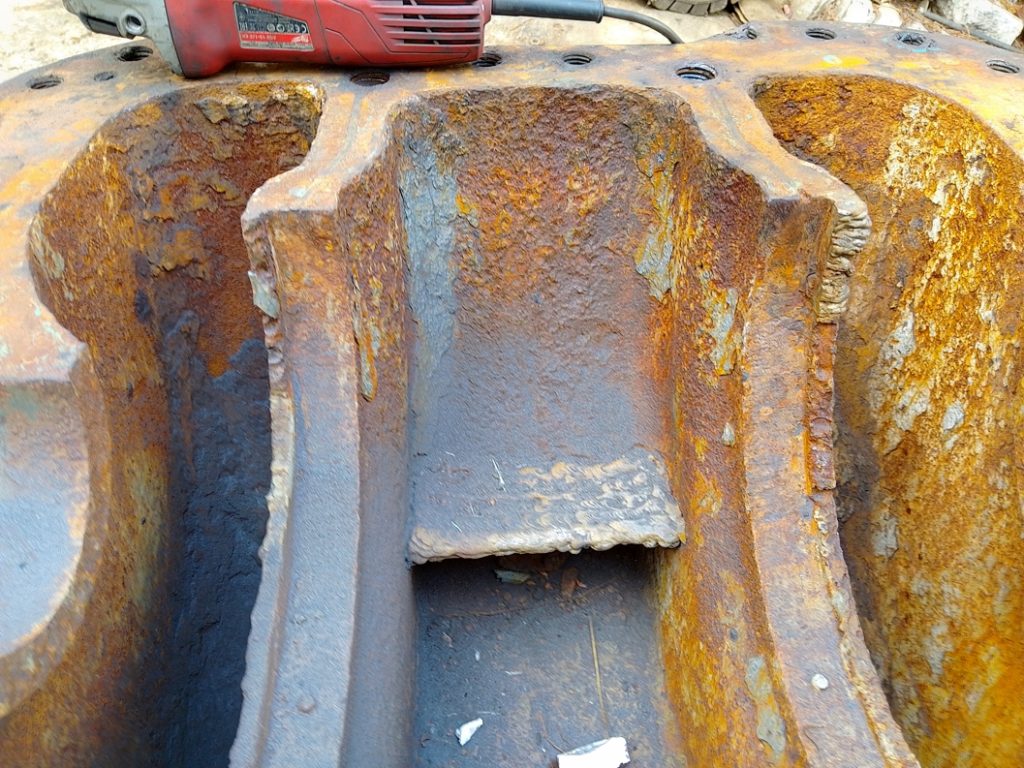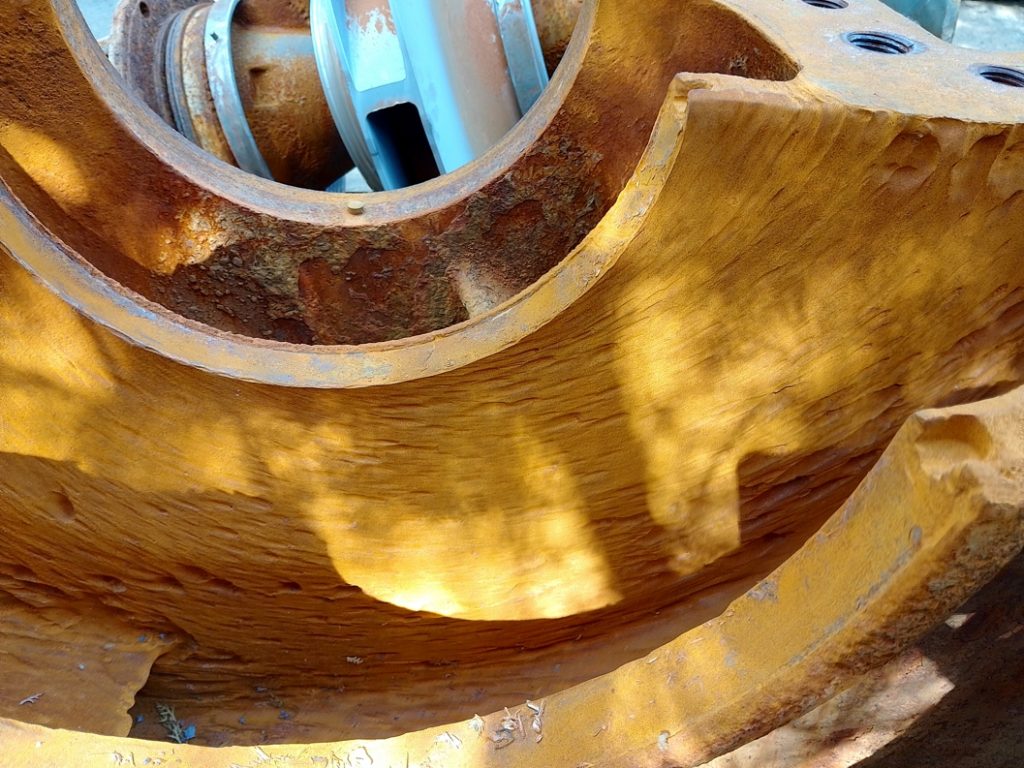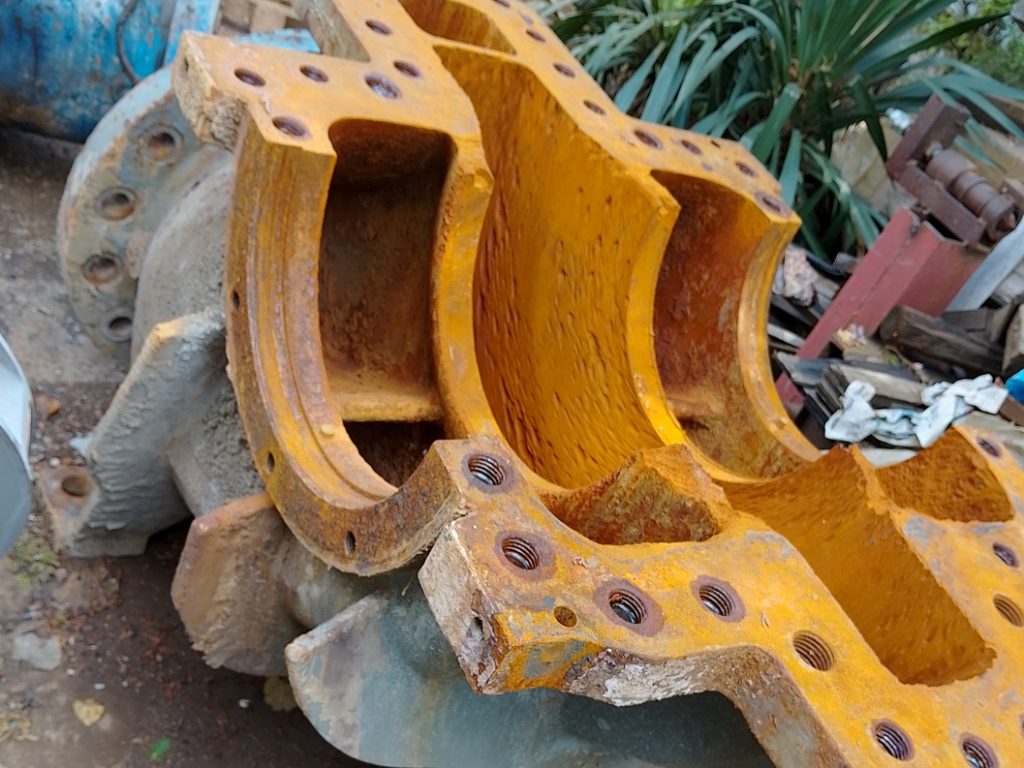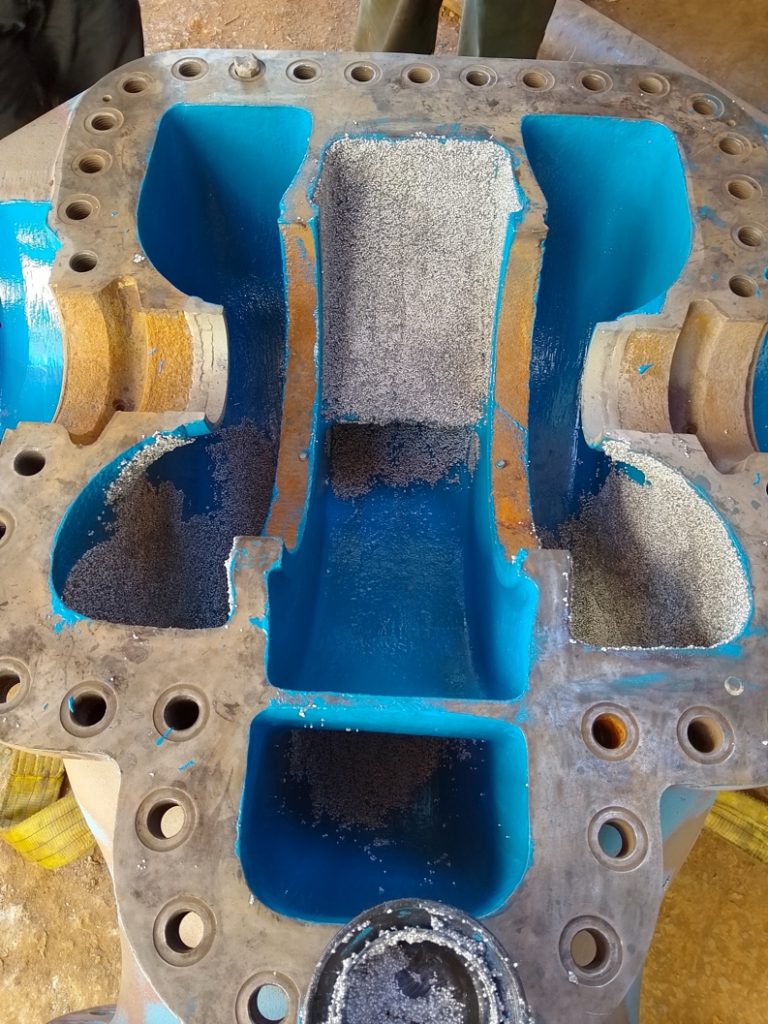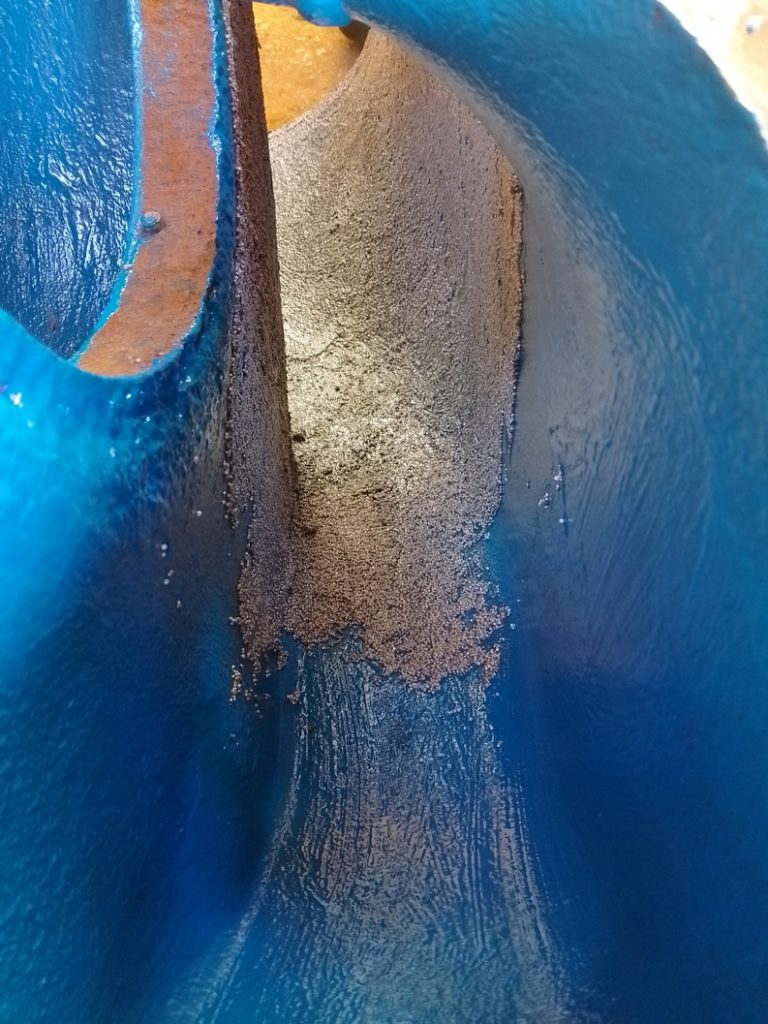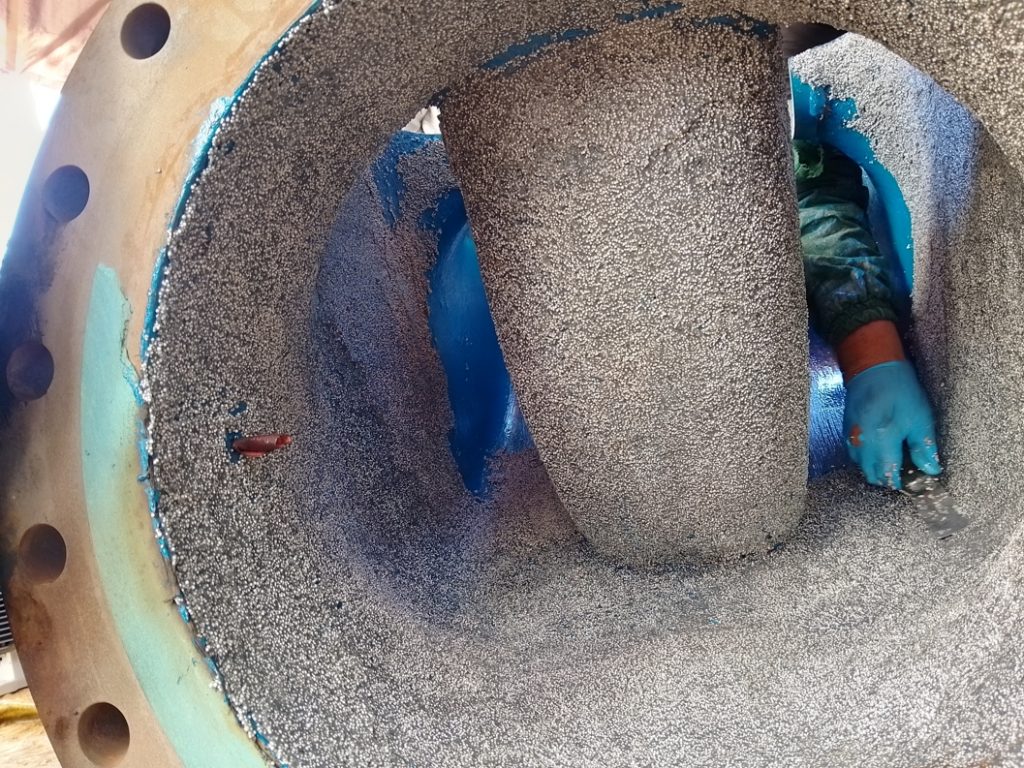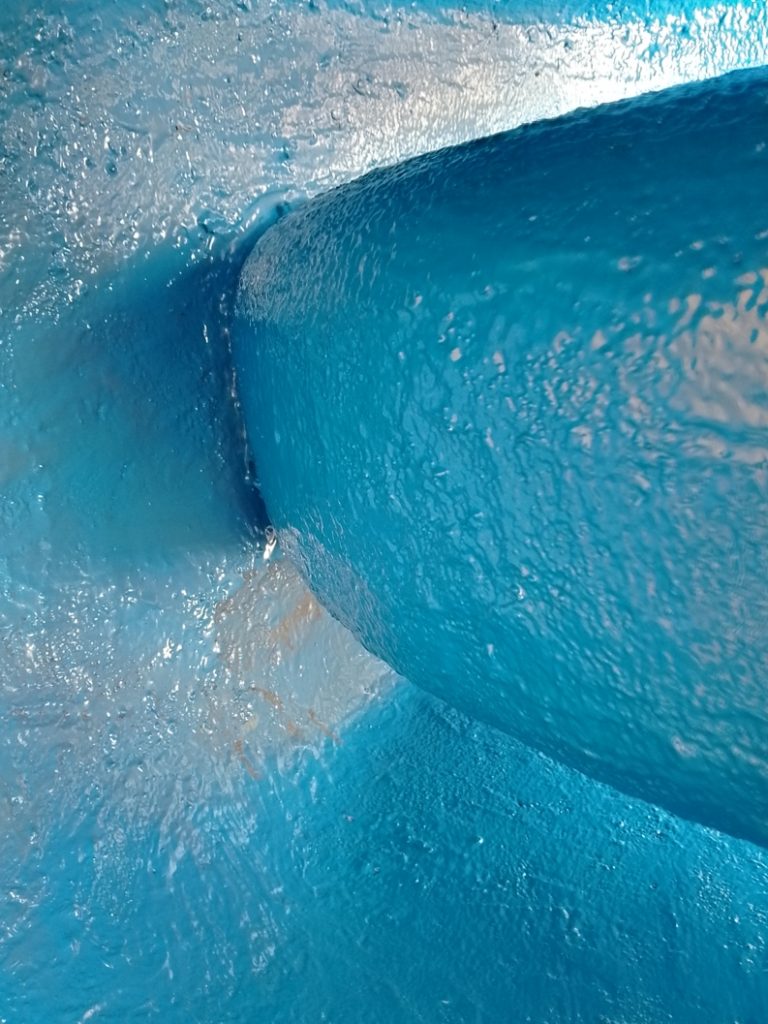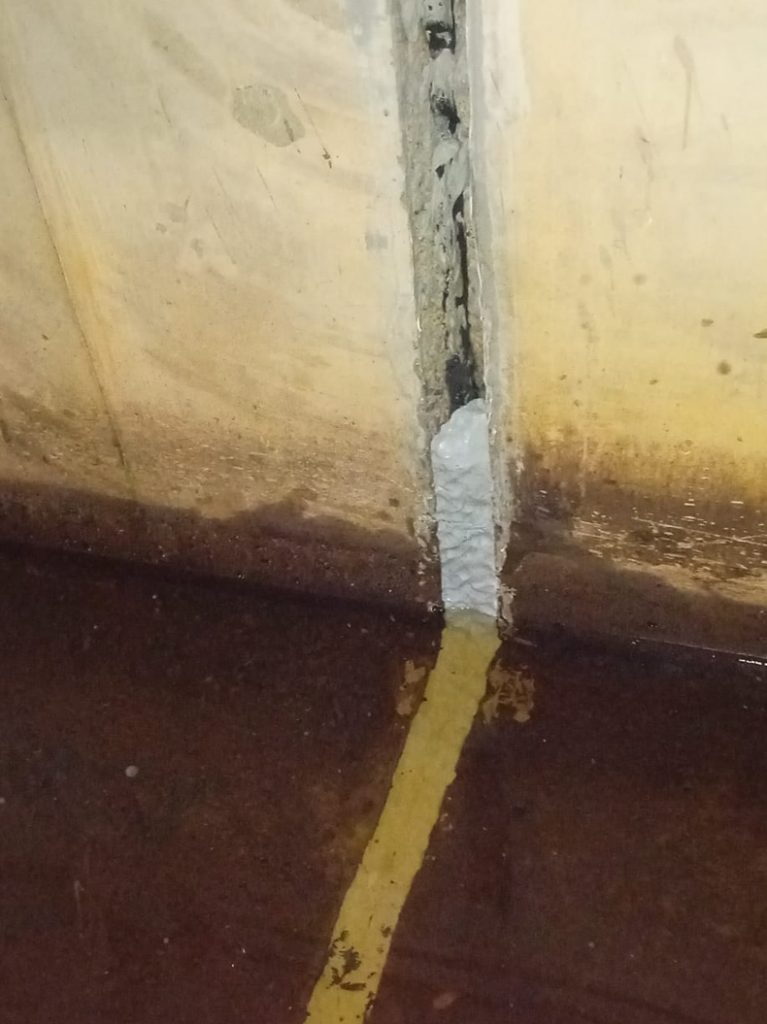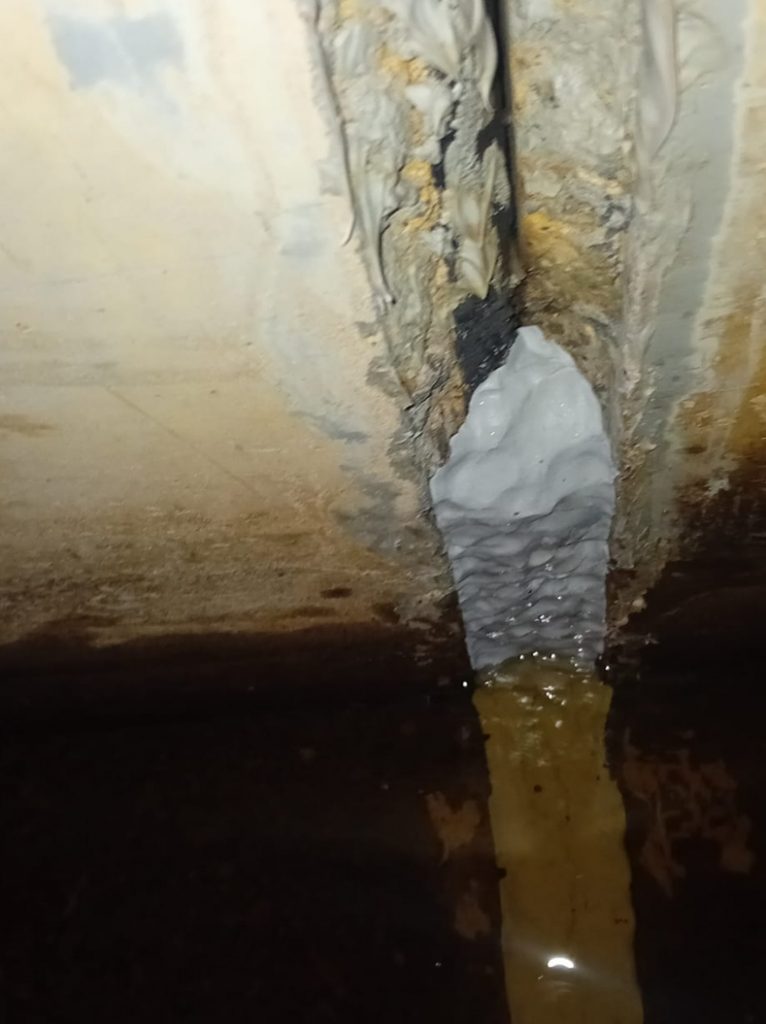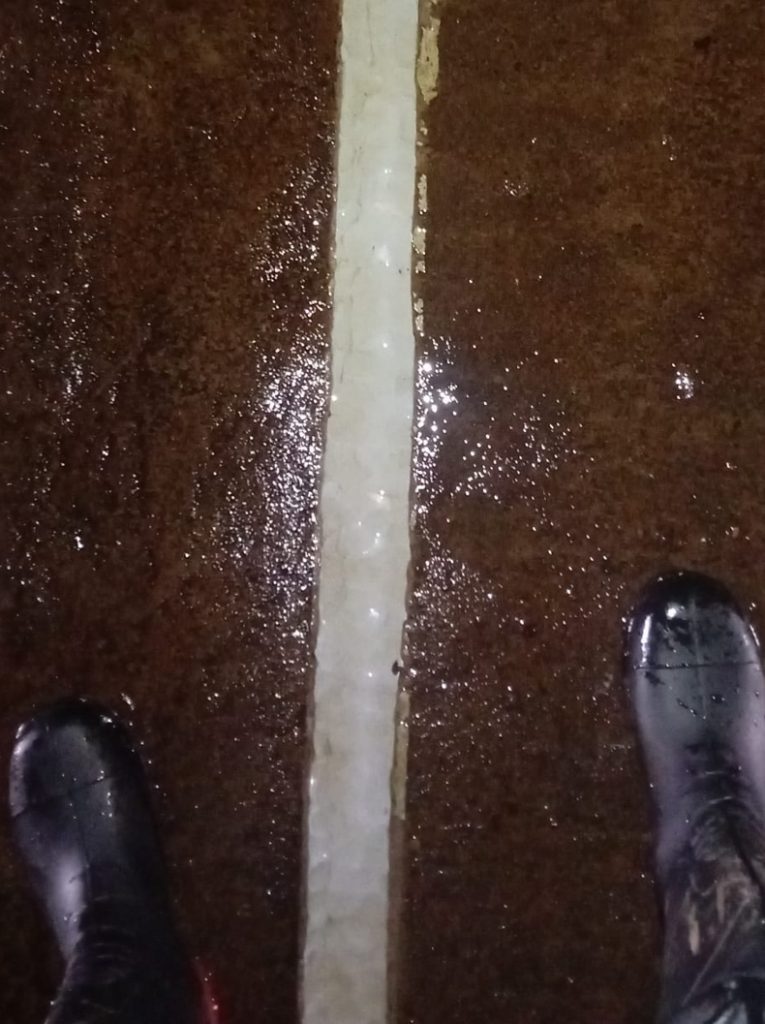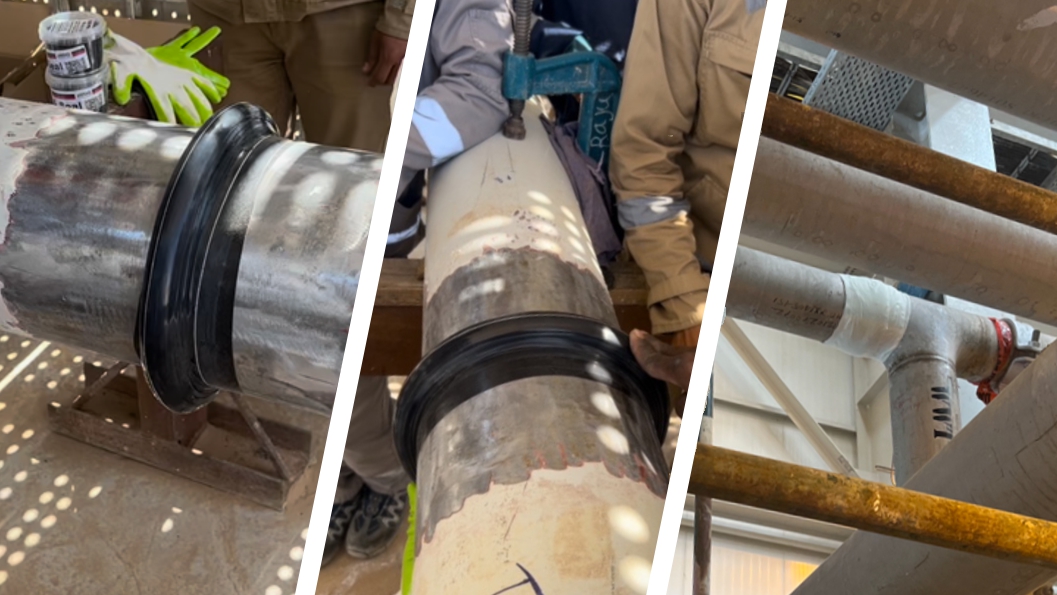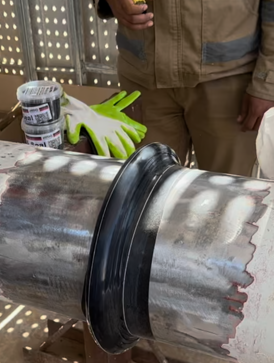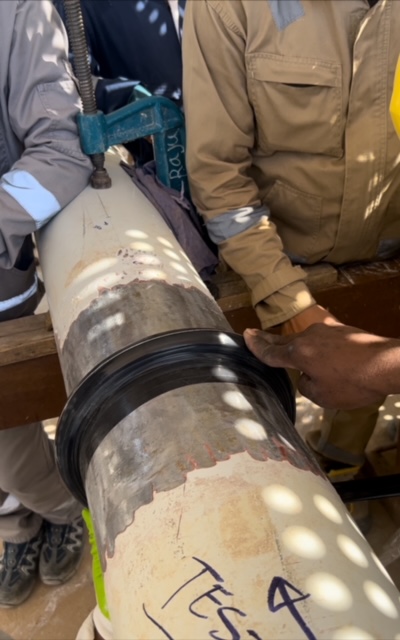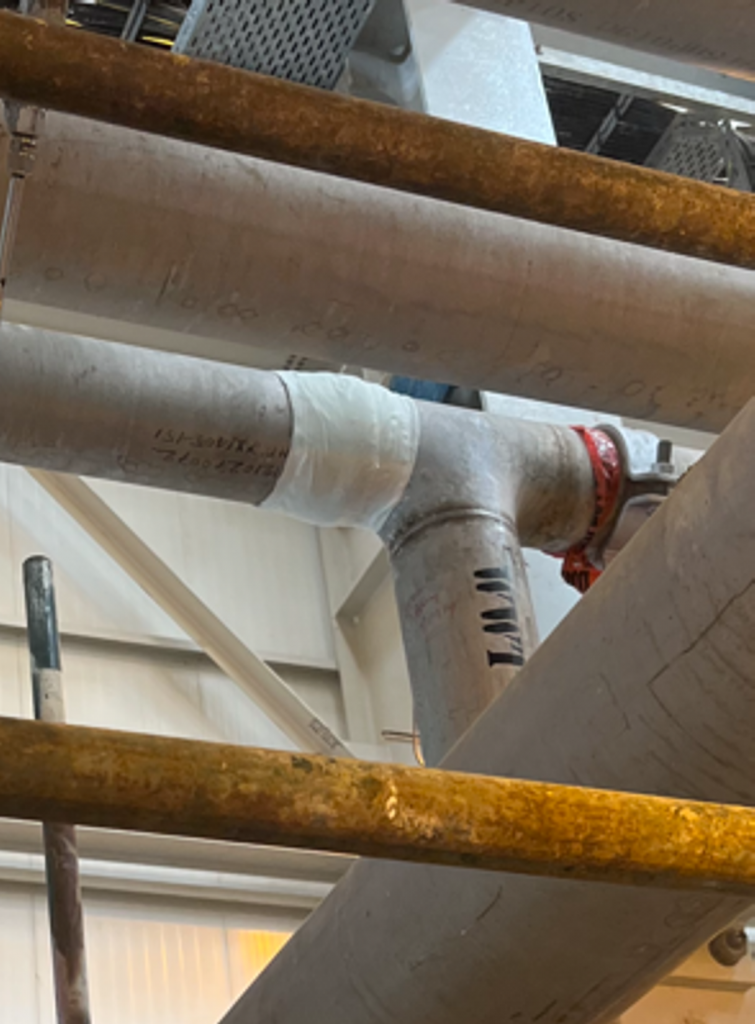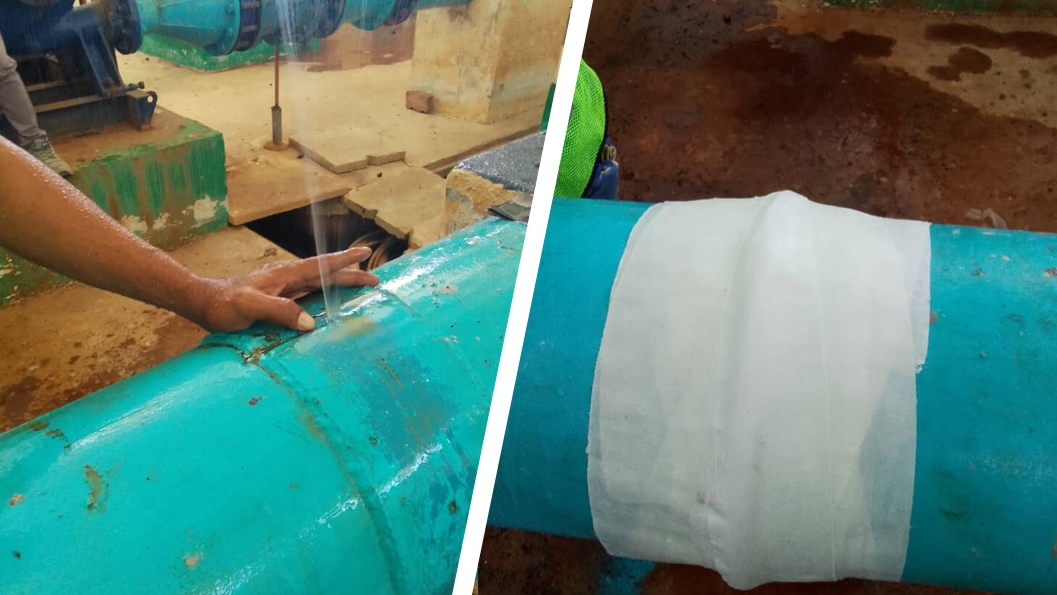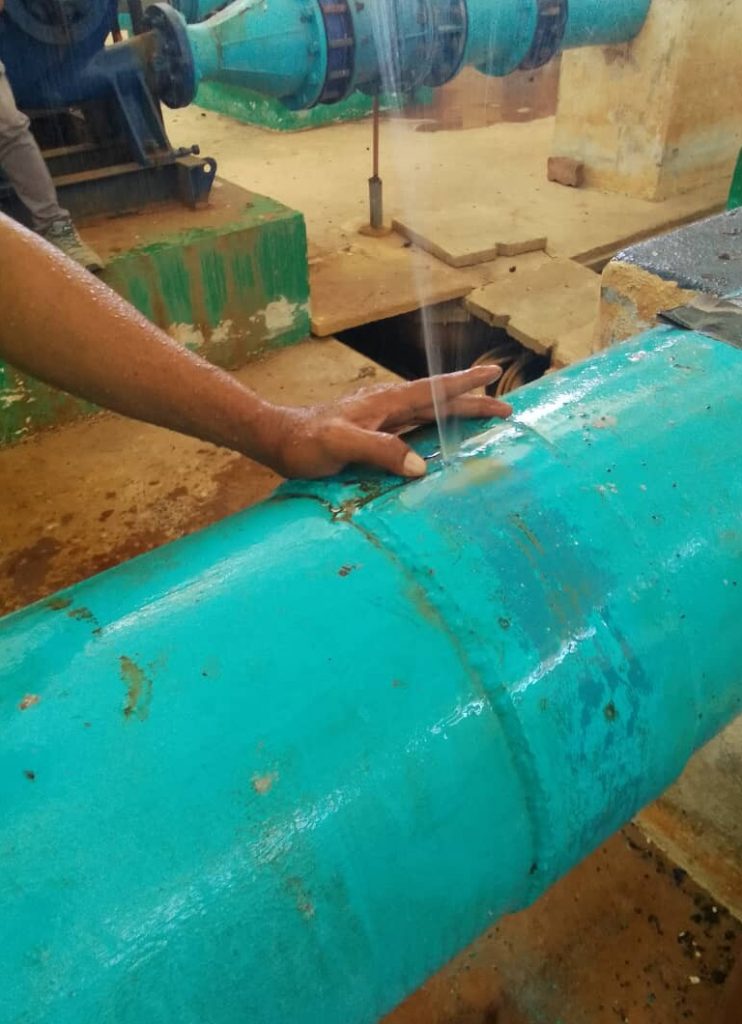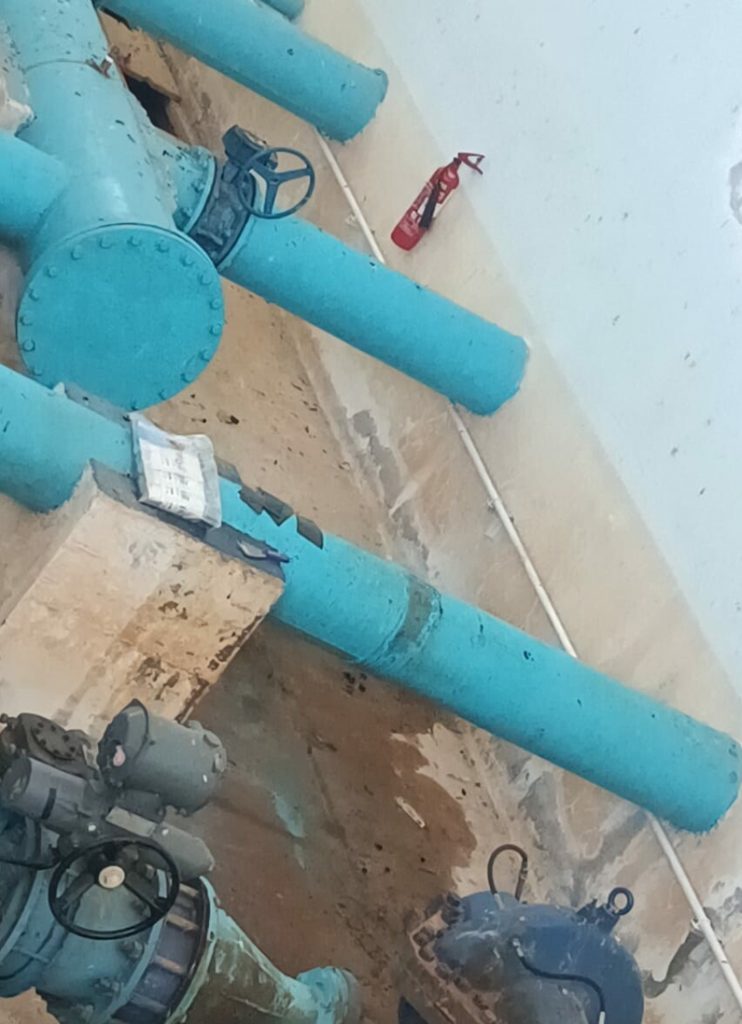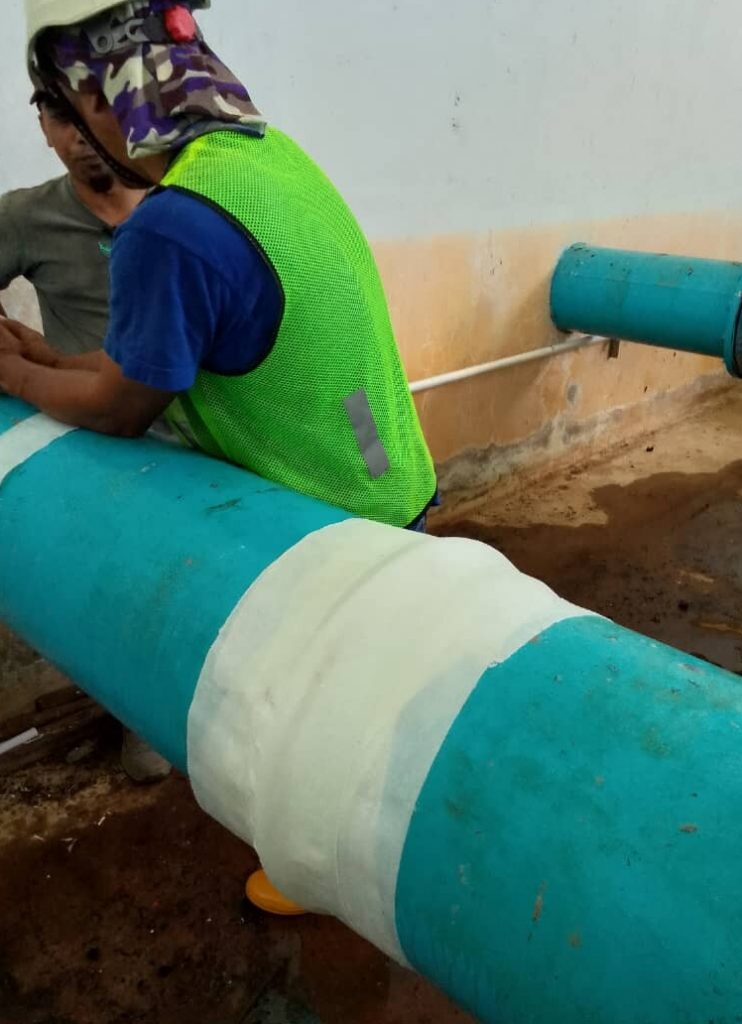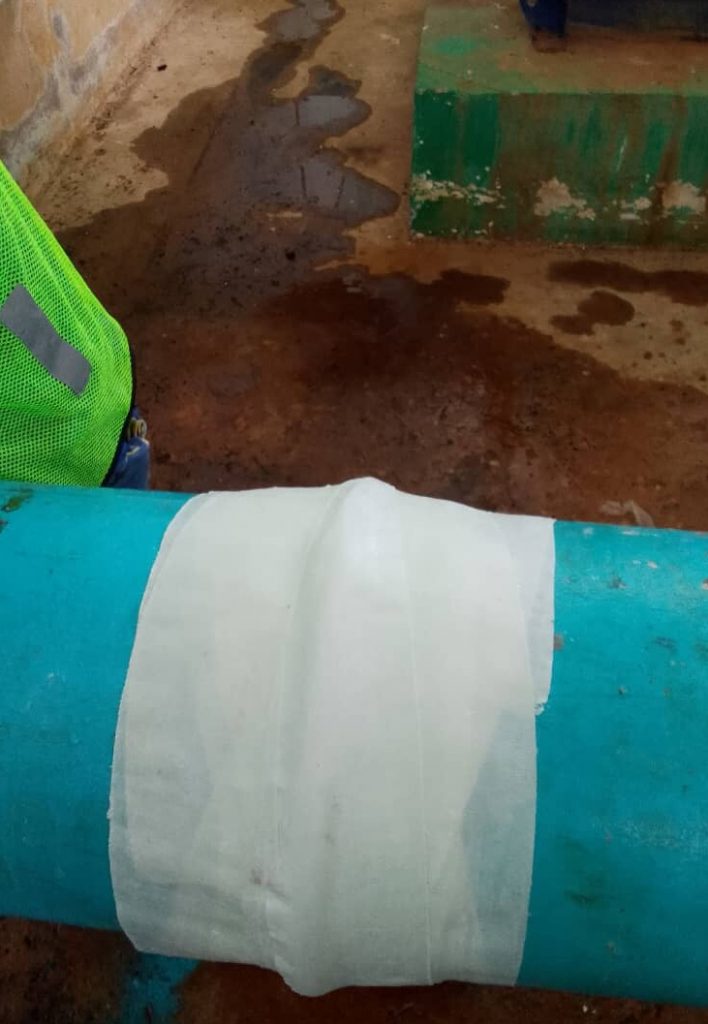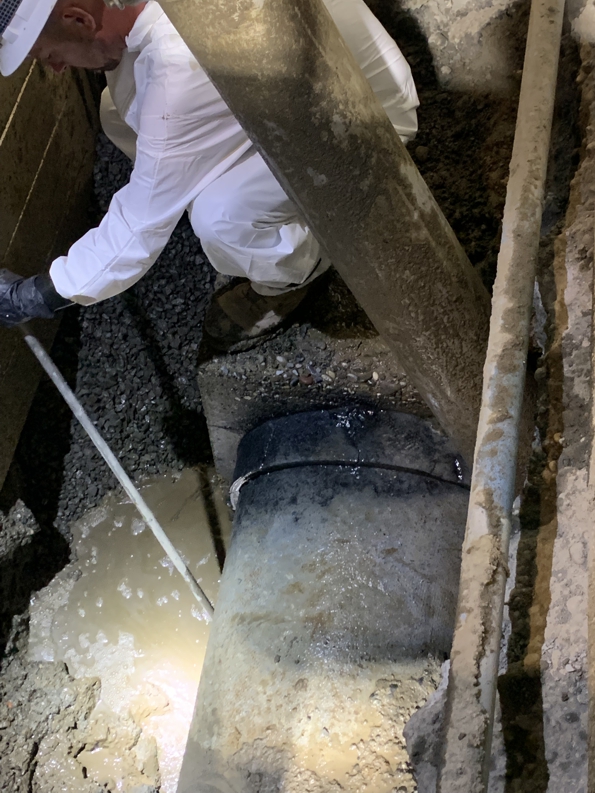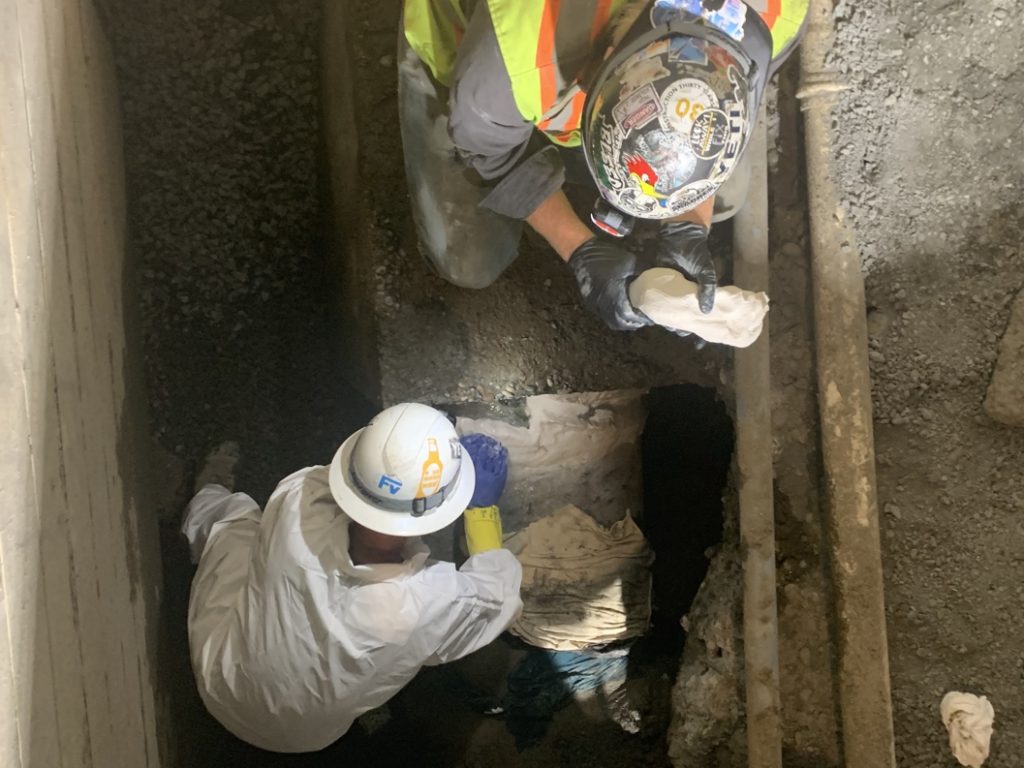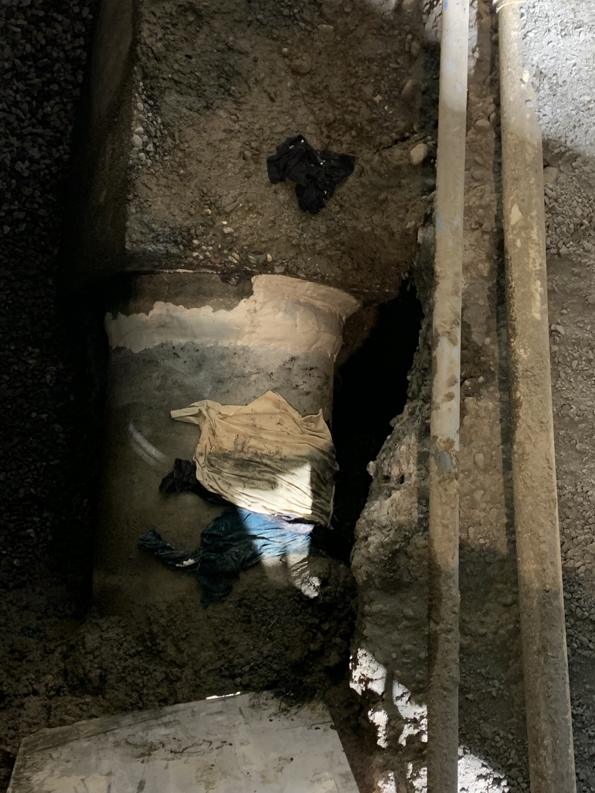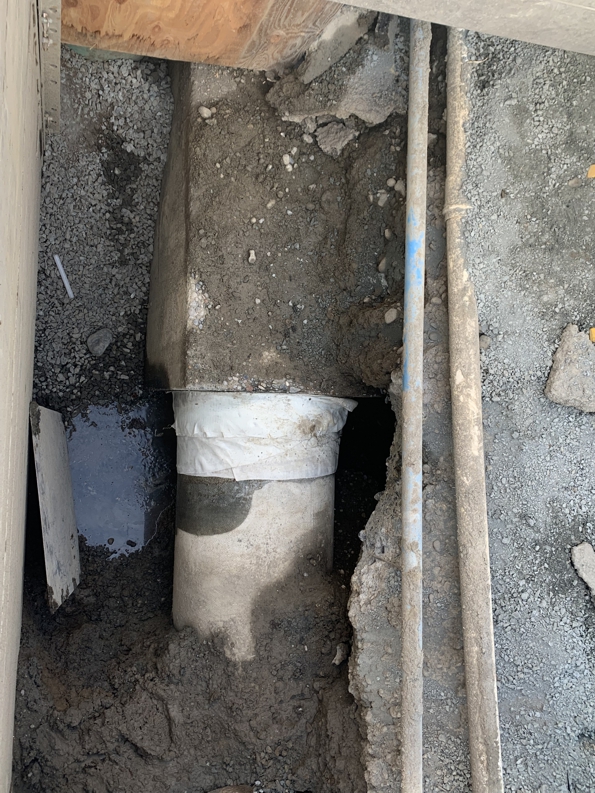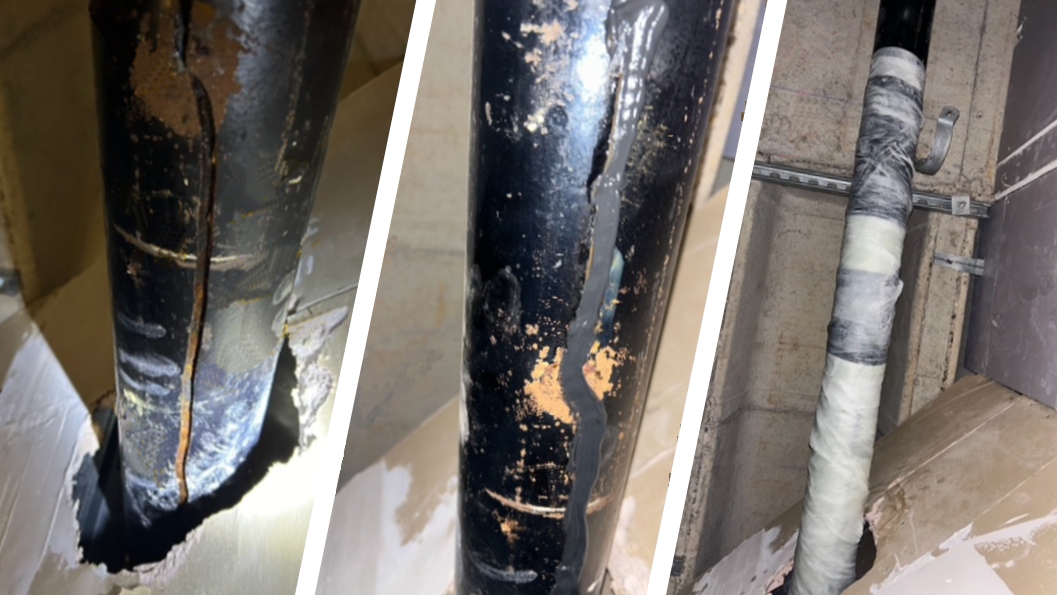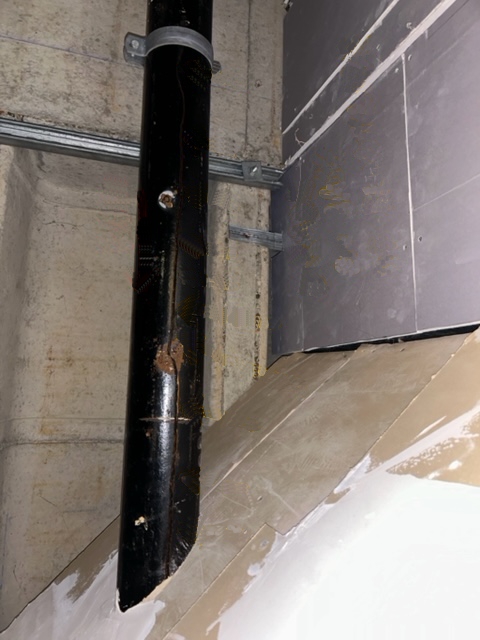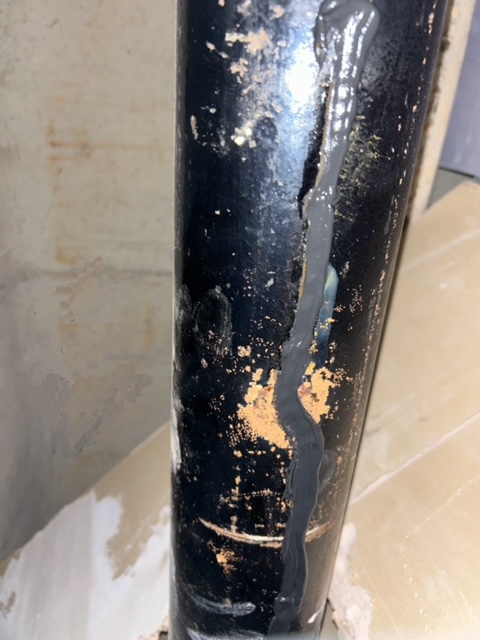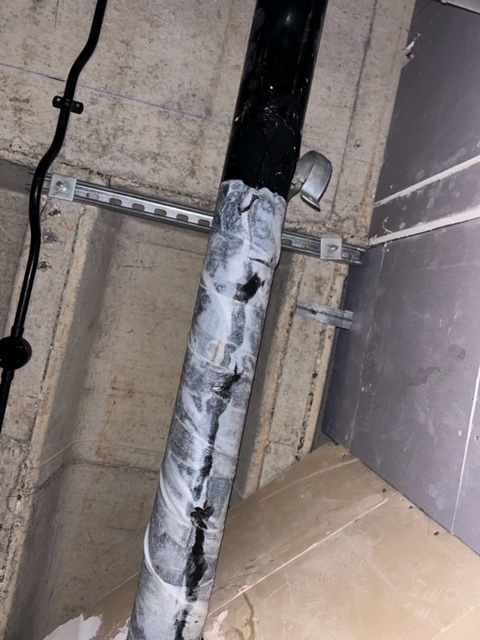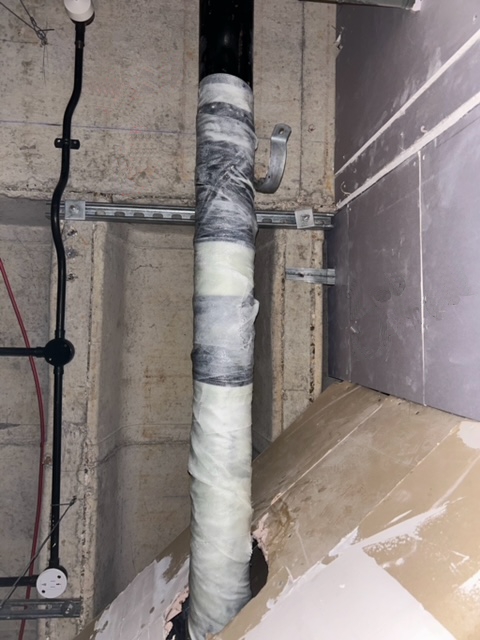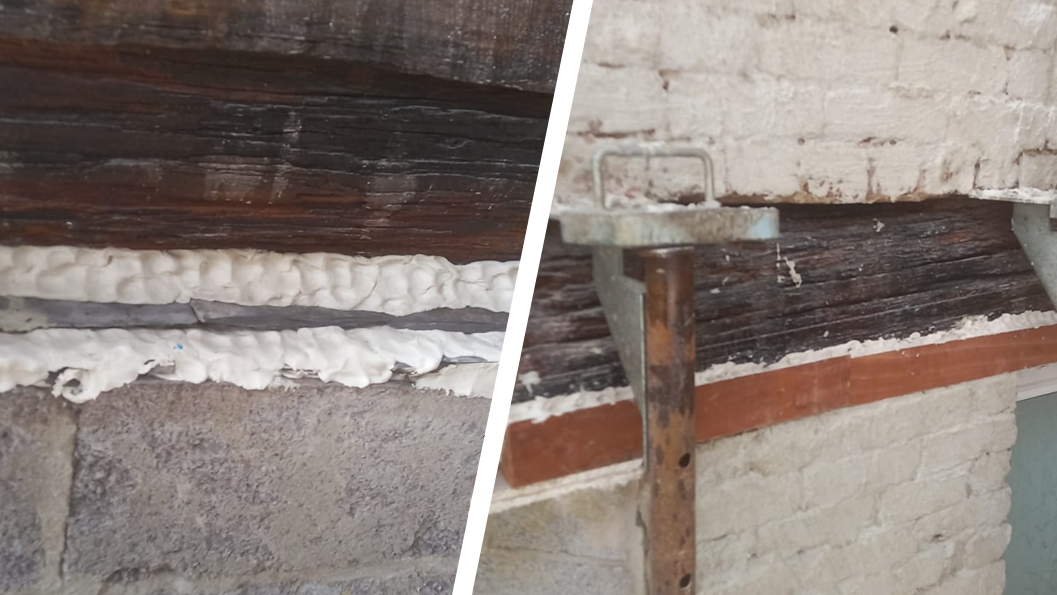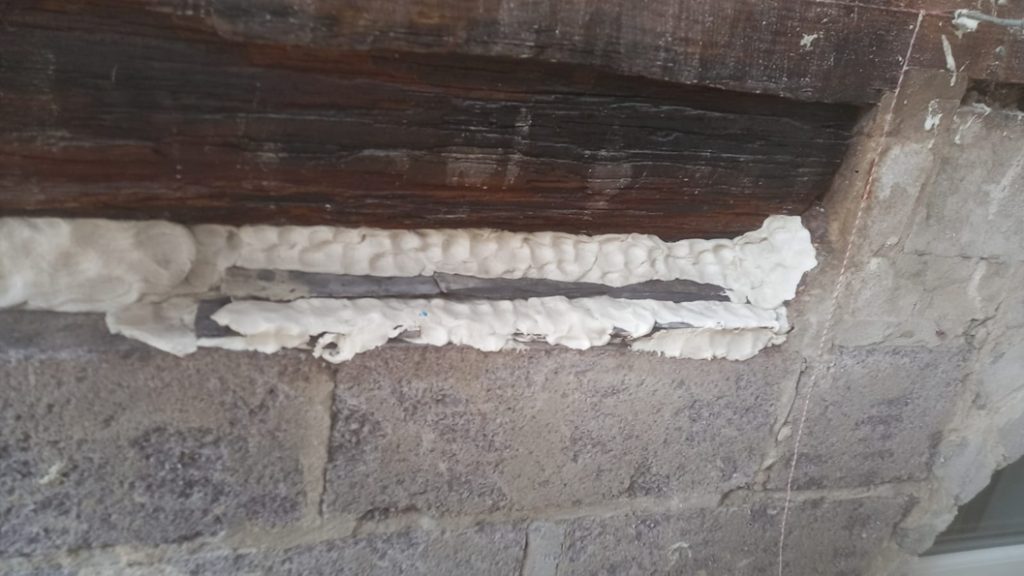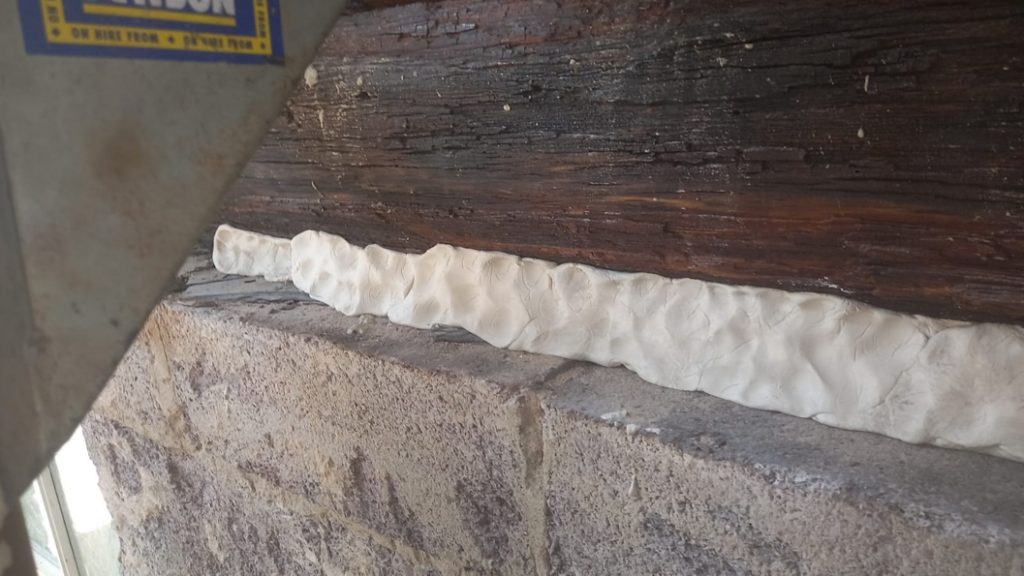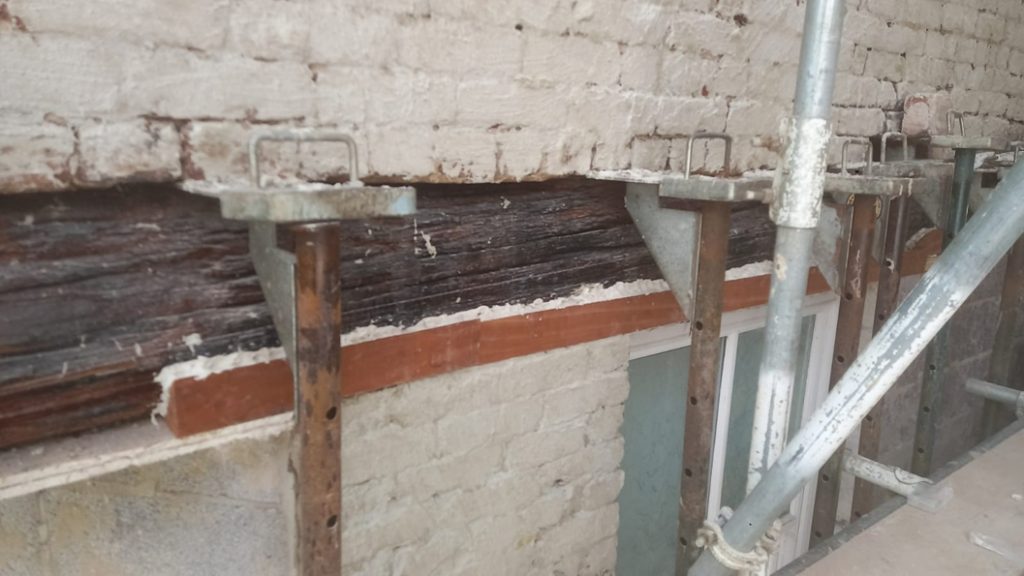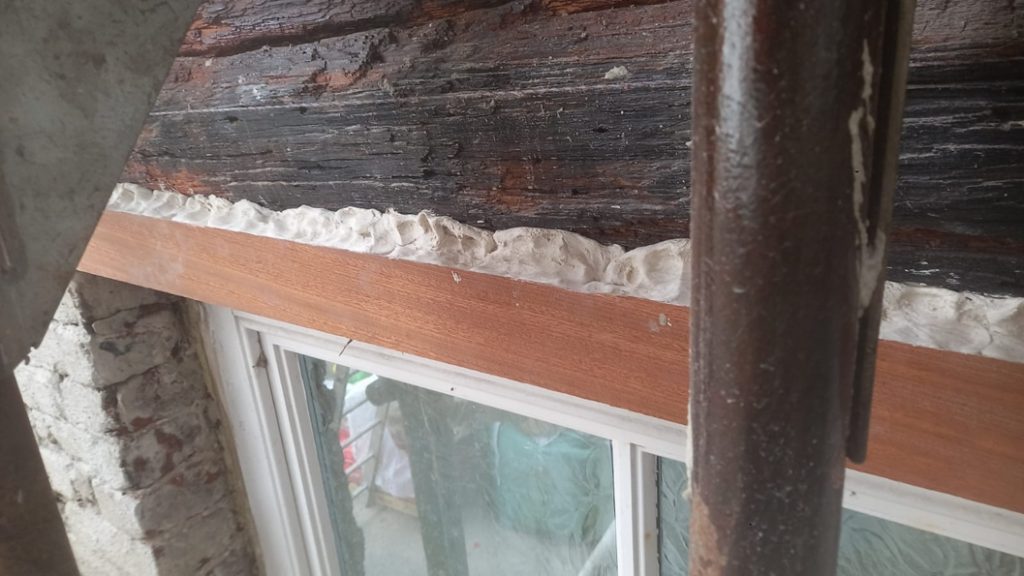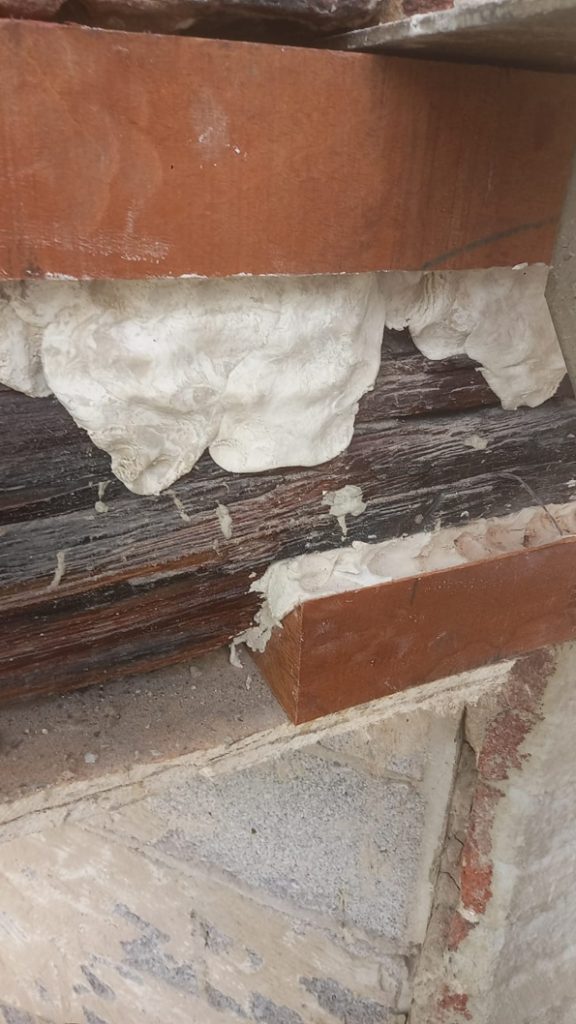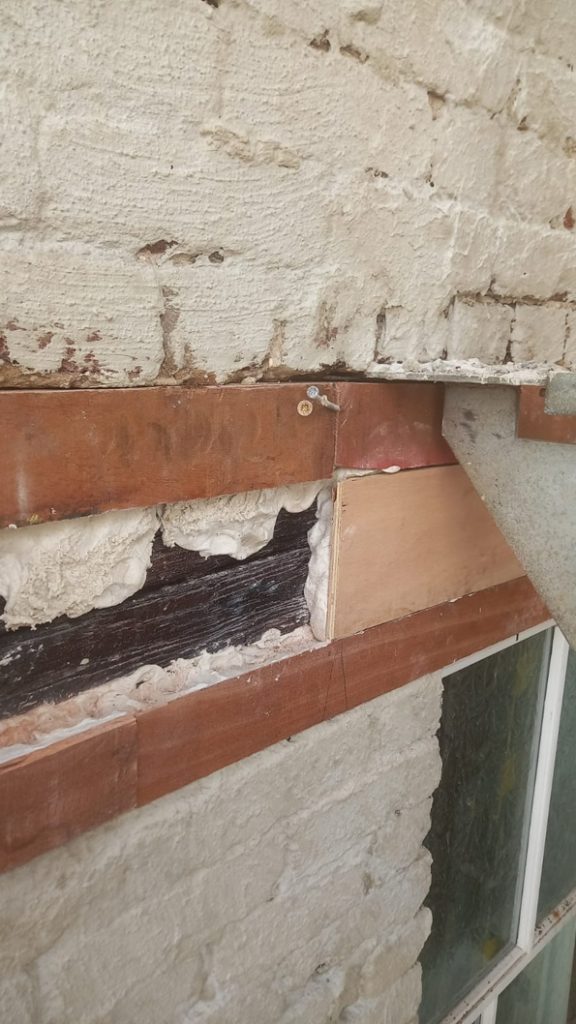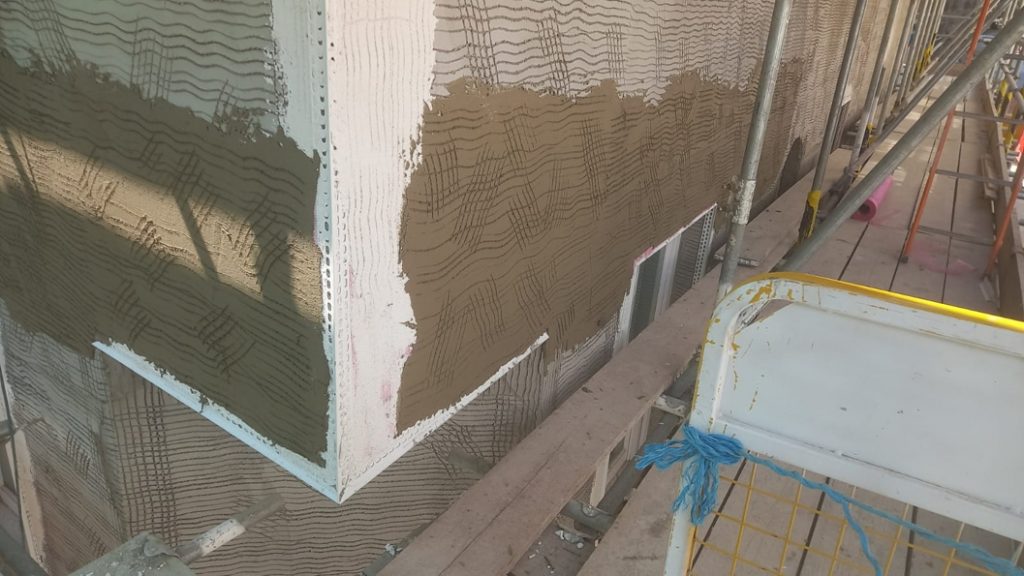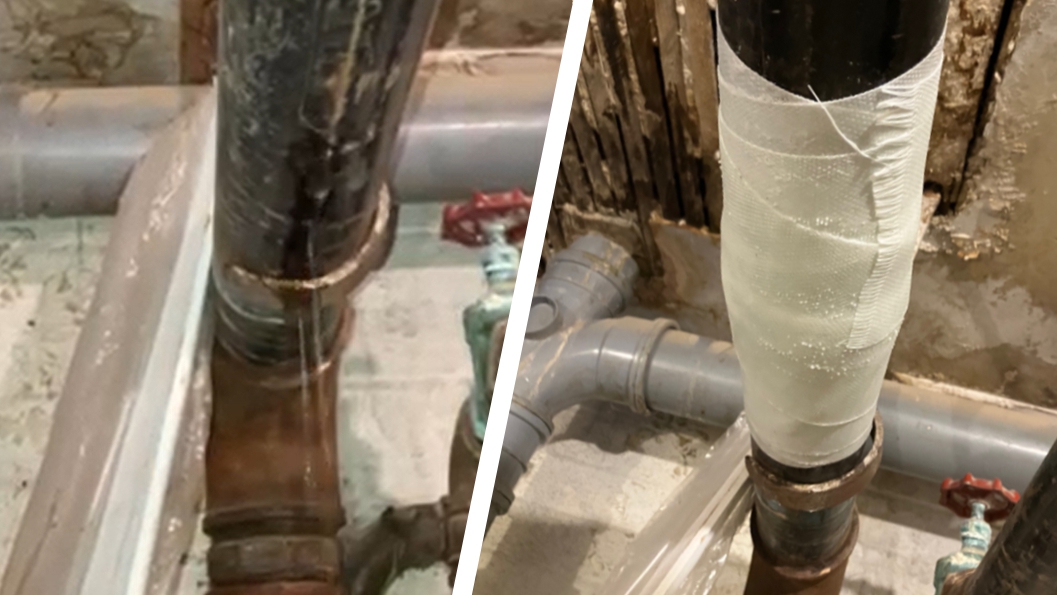
Winter is coming – and a SylWrap Universal Pipe Repair Kit keeps the heating on at a nursing home
The maintenance manager of a nursing home drives to Sylmasta HQ, collects a SylWrap Universal Pipe Repair Kit and makes a live leak repair to a 150mm metal pipe to keep the heating system running and residents warm.
Case Study Data
Site
Nursing home
Location
United Kingdom
Repair Type
Live leak pipe repair
Defect
Pinhole leak in 150mm metal heating pipe
Products Used
Wrap & Seal Pipe Burst Tape
Self-amalgamating silicone repair tape seals live leaks by fusing together to form a solid rubber band
SylWrap HD Pipe Repair Bandage
Water-activated composite wrap which sets rock hard in minutes to reinforce and protect repairs
SylWrap Universal Pipe Repair Kit
Kit containing products needed to make a single permanent live leak repair in under 30 minutes
Case Study PDF
Case Study Details
Sylmasta offices received an early morning phone call from a panicked maintenance manager of a nursing home in the south of England. A 150mm metal pipe in the heating system running through loft space had developed a pinhole leak.
A constant, steady drip of water was escaping the pipe and saturating the surrounding loft space. Shutting off the pipe to stop the leak whilst waiting for a plumber or heating engineer to make a repair or replacement would have left the nursing home without heating. This was not an option with winter approaching.
The nursing home therefore needed to make a live leak repair that same day to ensure residents were kept warm and prevent significant water damage in the loft space.
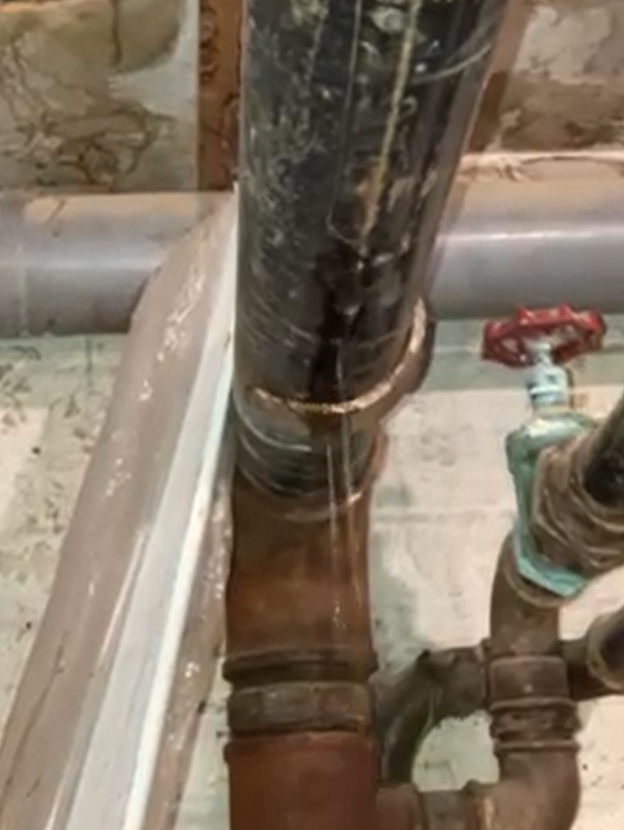
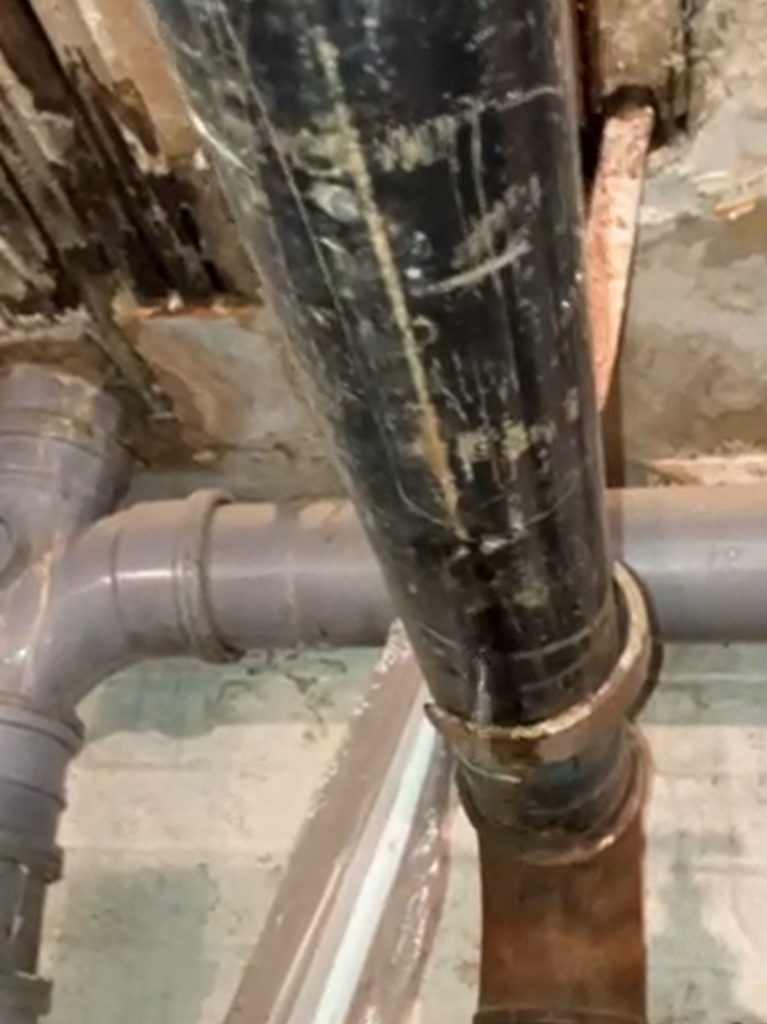
Immediately after the phone call, the maintenance manager drove 20 miles to Sylmasta HQ in Sussex to collect a SYL-616-UP SylWrap Universal Pipe Repair Kit. A Universal Pipe Repair Kit seals leaking pipes even when pressure cannot be turned off by following a simple two-stage process.
Wrap & Seal Pipe Burst Tape was used to repair the pinhole leak. Wrap & Seal is a self amalgamating waterproof tape which stretches by three times its length. As it is wrapped and applied around a pipe, it fuses to form a solid rubber band containing pressurised live leaks.
One 25mm x 2m Wrap & Seal was applied to the heating pipe, easily withstanding the pressure the pipe was operating at to seal the leak. The second stage of the repair involved overwrapping the tape with a SylWrap HD Pipe Repair Bandage.
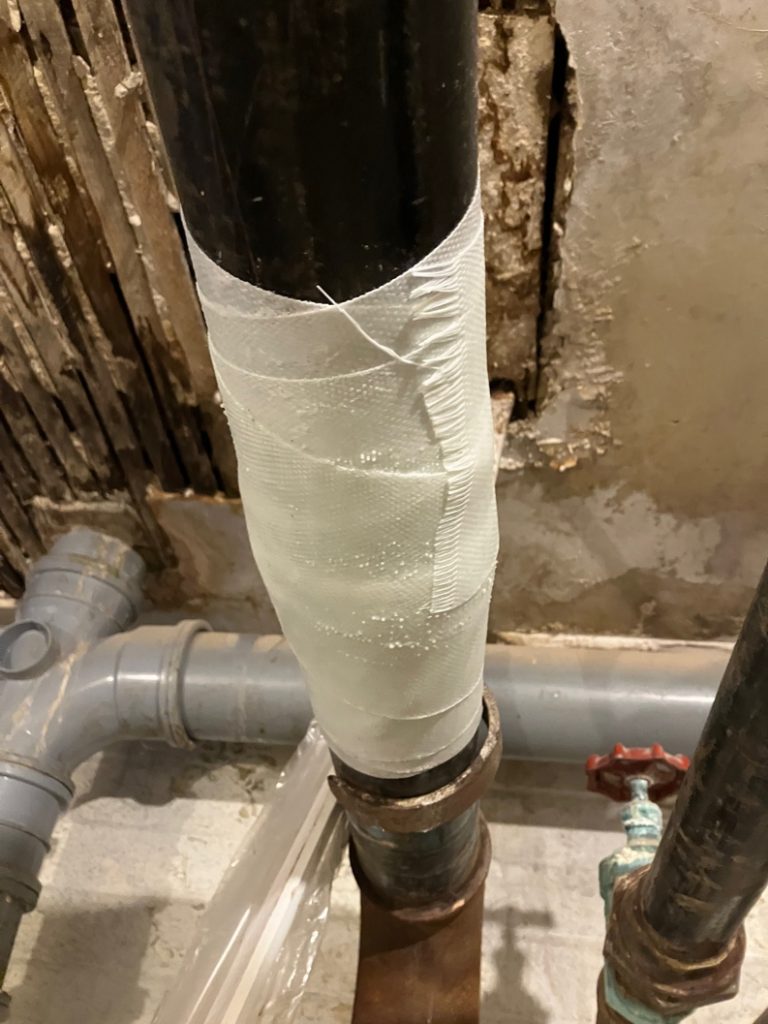
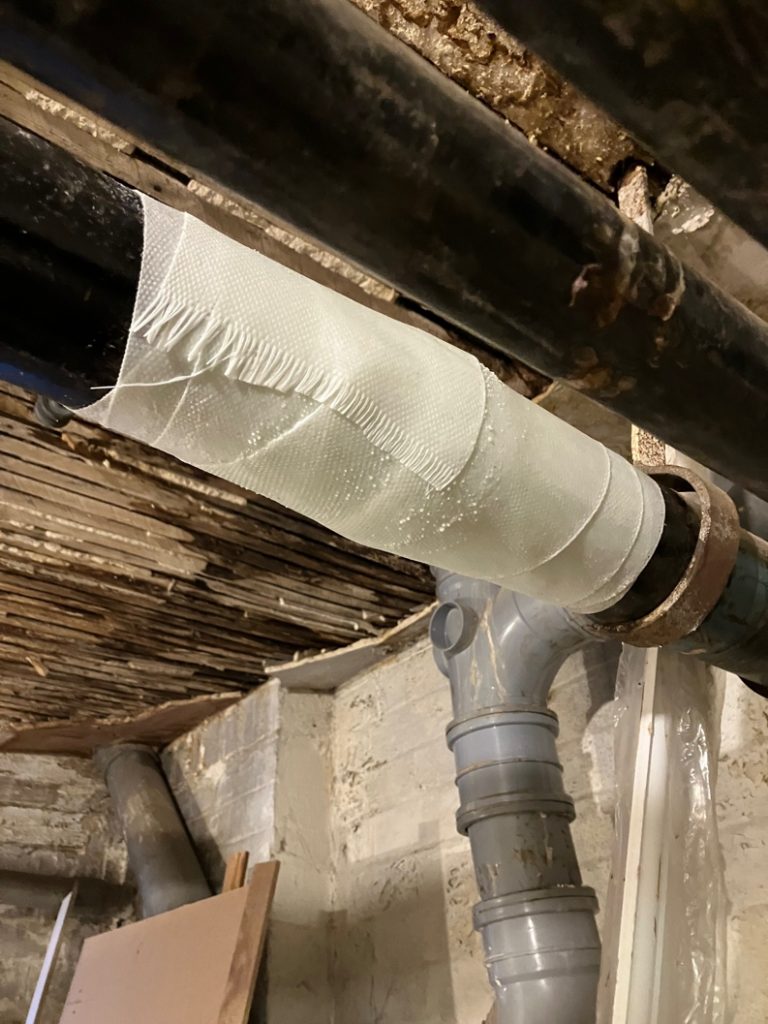
SylWrap HD is a composite wrap with a water activated resin which sets rock hard in minutes. It was wrapped and smoothed around the pipe, curing to form an impact resistant protective shell reinforcing the Wrap & Seal for a permanent repair.
It took the maintenance manager under 30 minutes to repair the leaking pipe once they arrived back at the nursing home, leaving residents none the wiser there was a problem with the heating system.
Not only did a SylWrap Pipe Repair Kit ensure there was no impact to residents, but it cost less than £80 – representing a significant saving compared with an emergency callout for a plumber at a time when many nursing homes in the UK are in deep financial trouble.
If you have an application you would like to enquire about, then please get in touch
Call: +44 (0)1444 831 459
Email: sales@sylmasta.com



